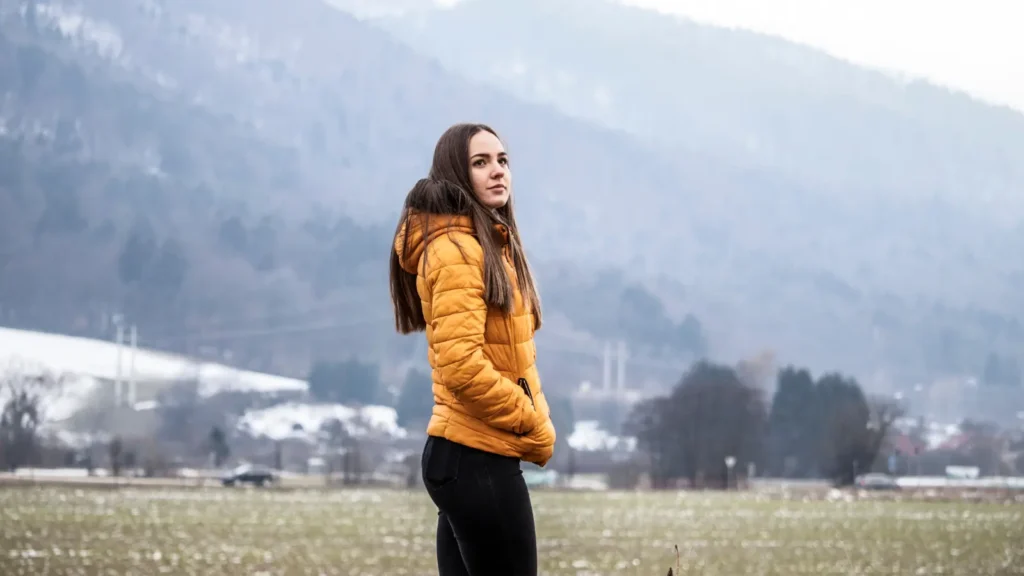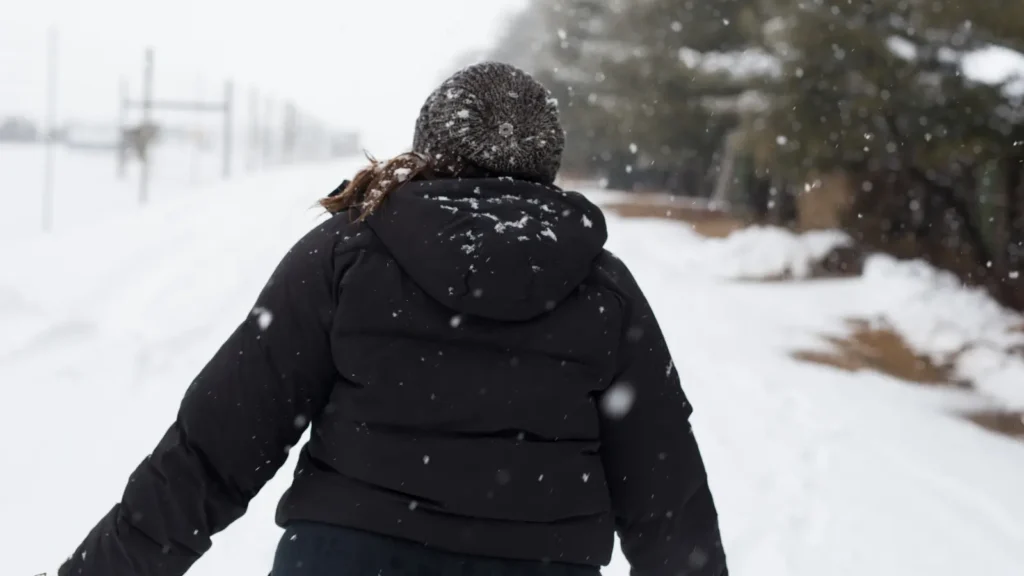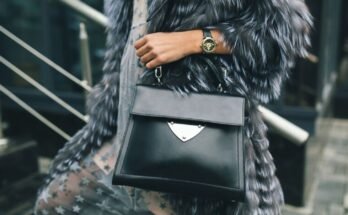Choosing the right puffer jacket for winter involves considering various factors to ensure that it meets your specific needs and preferences. Here are some key considerations to keep in mind:
Factors to Consider
The Puffer Jacket is your go-to winter buddy, blending style with cozy warmth. As the temperature takes a nosedive, this jacket steps up, wrapping you in snug insulation. Beyond just keeping you toasty, today’s puffer jackets come in various styles and tech features. From super warm down filling to water-resistant layers, they’ve got it all. Join us as we explore why “The Puffer Jacket for Winters” is the perfect mix of fashion and function, ensuring you stay warm and stylish in the winter chill.
Insulation Type:
Puffer jackets typically use one of two types of insulation: down or synthetic.
Down insulation is derived from the feathers of ducks or geese. It provides an excellent warmth-to-weight ratio, is highly compressible, and is known for its durability. However, down loses its insulating properties when wet, which can be more expensive.
Synthetic insulation is made from man-made materials like polyester. It tends to retain its insulating properties when wet, dries faster, and is usually more affordable. However, it can be bulkier and heavier compared to down.
Fill Power:
Fill power is a measure of the loft or fluffiness of the insulation. A higher fill power indicates a better warmth-to-weight ratio and increased insulation efficiency.
For winter jackets, look for a fill power of at least 600 for down insulation. Higher fill powers, such as 800 or 900, are considered premium and provide superior warmth without adding much weight.
Weight and Packability:
Weight is crucial, especially if you plan on wearing the jacket for extended periods or carrying it in a backpack.

Choose a jacket that strikes a balance between weight and insulation. High-fill power-down jackets are often lightweight and highly compressible, making them easy to pack and carry.
Water Resistance:
Winter conditions can be wet, so considering water resistance is essential.
Down jackets are naturally not water-resistant, but some come with a durable water-repellent (DWR) coating on the outer fabric to shed light rain and snow. Synthetic insulated jackets are inherently more water-resistant.
Outer Shell Material:
The outer shell contributes to the jacket’s durability, breathability, and water resistance.
Common materials include nylon and polyester. Look for jackets with a DWR coating for added water resistance. Some jackets also feature breathable membranes to enhance comfort.
Fit and Style:
Fit: Choose a jacket that provides a balance between insulation and mobility. It should allow for layering without being too tight or too loose. Consider whether you prefer a slim, regular, or relaxed fit based on your style and comfort preferences.
Style: Puffer jackets come in various styles, including classic, quilted, or more modern designs. Consider the aesthetic appeal and whether the jacket complements your style.
Hood and Collar:
Hood: A detachable or adjustable hood can be beneficial, providing flexibility based on the weather conditions. A hood adds extra protection against wind and cold, making it a valuable feature for winter jackets.
Collar: Look for a high collar design to shield your neck from the cold. Some jackets feature soft or fleece-lined collars for added comfort.
Breathability:
While puffer jackets are primarily designed for warmth, some level of breathability is important to prevent overheating. Look for jackets with breathable materials or ventilation features such as underarm zippers to allow excess heat to escape when needed.
Additional Features:
Pockets: Consider the number and type of pockets. Internal pockets are useful for storing valuables, while external pockets can keep your hands warm. Some jackets also have specialized pockets for media devices or goggles.

Adjustability: Adjustable cuffs, hems, and waistbands allow you to customize the fit and enhance insulation by preventing cold air from entering.
Zipper Quality: A sturdy and reliable zipper is essential for durability and ease of use, especially in cold conditions.
Packability: Some jackets come with a built-in stuff sack or are designed to be packed into their pocket for convenient storage and transport.
Brand Reputation and Reviews:
Consider the reputation of the brand in terms of quality, durability, and customer service. Established outdoor and winter clothing brands often have a track record of producing reliable products.
Read customer reviews to gain insights into real-world experiences with the jacket. Look for feedback on durability, warmth, and any specific features mentioned by users.
Ultimately, the ideal puffer jacket for winter will depend on your personal preferences, intended use, and the specific conditions you expect to face. Taking these factors into account will help you find a jacket that keeps you warm, suits your style, and provides the features you need.
Which puffer jacket is the warmest?
The warmth of a puffer jacket is often determined by its insulation type and fill power. Jackets with high fill power down insulation, such as 800 or 900, tend to be among the warmest. Brands like Canada Goose and The North Face offer well-insulated options designed for extreme cold.
How should a winter puffer jacket fit?
A winter puffer jacket should provide a comfortable fit that allows for layering without being overly bulky. It should cover your torso and extend past your waist to trap warmth. The sleeves should be long enough to cover your wrists, and the collar should shield your neck. Choose a style (slim, regular, or relaxed) that aligns with your preferences.
How can you tell if a puffer jacket is good quality?
Quality puffer jackets exhibit durable construction with reinforced seams and a high-quality zipper. The insulation’s fill power, mentioned in the product details, indicates its ability to provide warmth. Look for reputable brands with positive customer reviews for reliability. A durable water-repellent (DWR) coating on the outer shell adds to the jacket’s quality by providing water resistance.
Is a puffer jacket suitable for winter?
Yes, puffer jackets are suitable for winter, especially when equipped with high-quality insulation like down or synthetic materials. They excel in providing warmth by trapping and retaining body heat. Ensure the jacket has additional features like a high collar, hood, and water-resistant properties to combat cold, wind, and light precipitation, making it a versatile choice for winter conditions.




